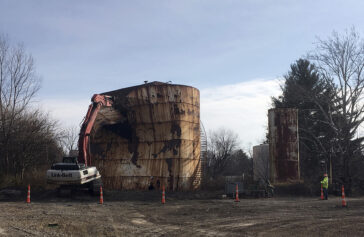Feb. 01, 2019
Best of the States
Trump rollbacks benefit fossil fuel industry but carry steep cost
Over the past two years, the Trump administration has relentlessly moved to relax or repeal major environmental and safety rules for the fossil fuels industry to further its energy goals. Each change was reported by news outlets, including the AP. But Billings, Montana, correspondent and environment team member Matthew Brown decided to look more deeply into the highly touted savings to industry as well as the societal costs.
Brown painstakingly examined 11 major rules targeted by Trump’s administration, wading through many thousands of pages of government documents. Brown identified $11.6 billion in potential savings for companies that produce, use and transport fossil fuels, with billions more expected from a freeze of vehicle fuel efficiency standards that will hike fuel consumption.
But Brown also discovered that those savings will come at a steep cost, including more premature deaths and illnesses from air pollution, increased greenhouse gas emissions and additional derailments of trains carrying explosive fuels.
His Only on AP story ran on front pages of at least 16 newspapers and on numerous web sites. The Washington Post displayed both the main-bar the accompanying glance.
For in-depth reporting and comprehensive accounting of the administration’s actions on important environmental and safety issues, Brown wins this week’s Best of the States.



















